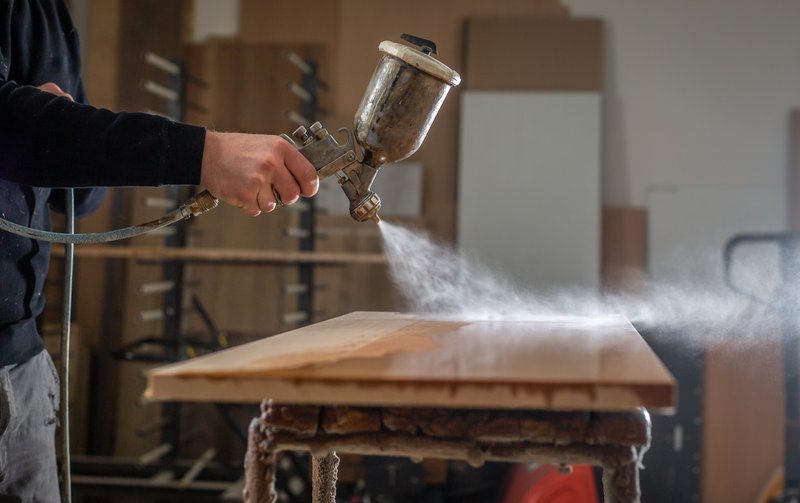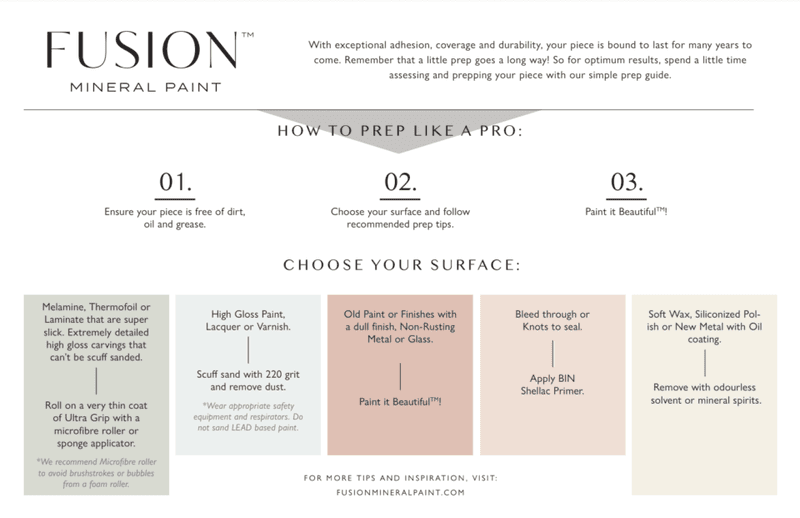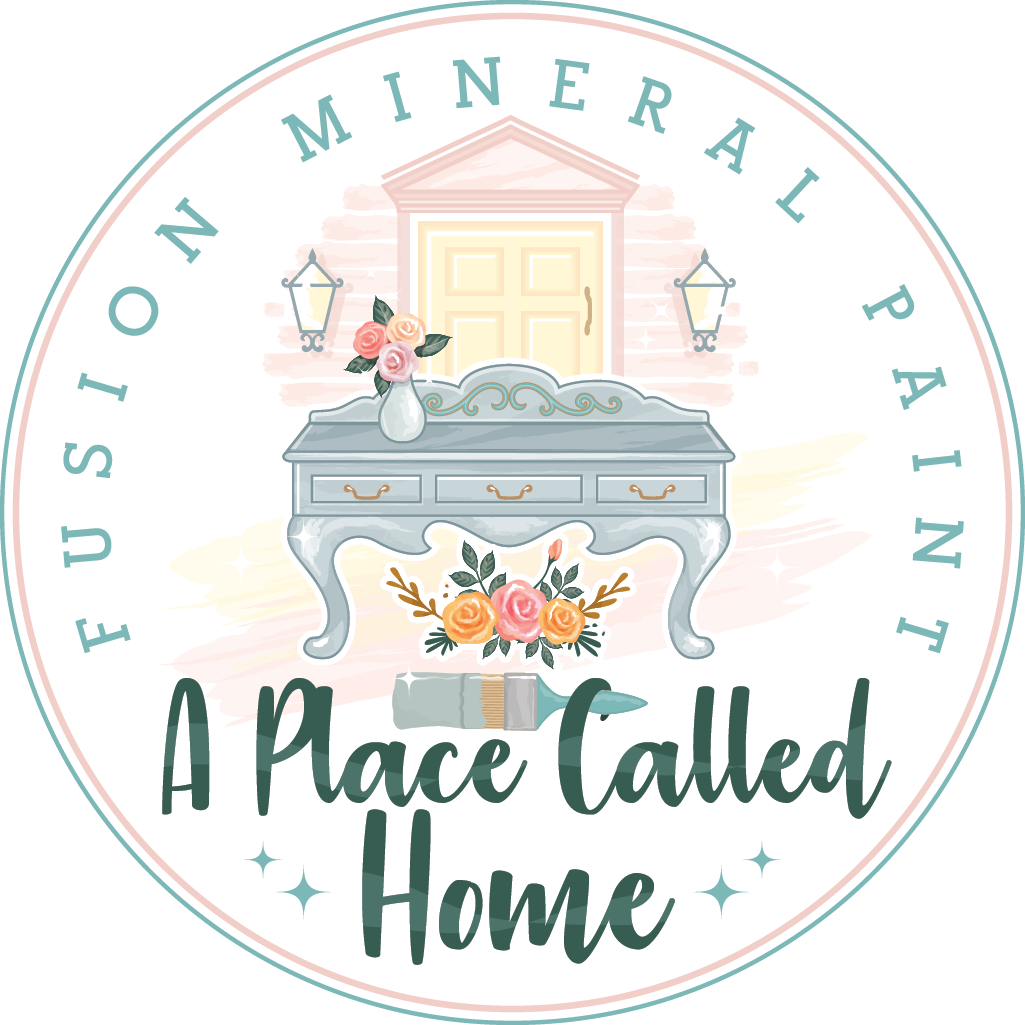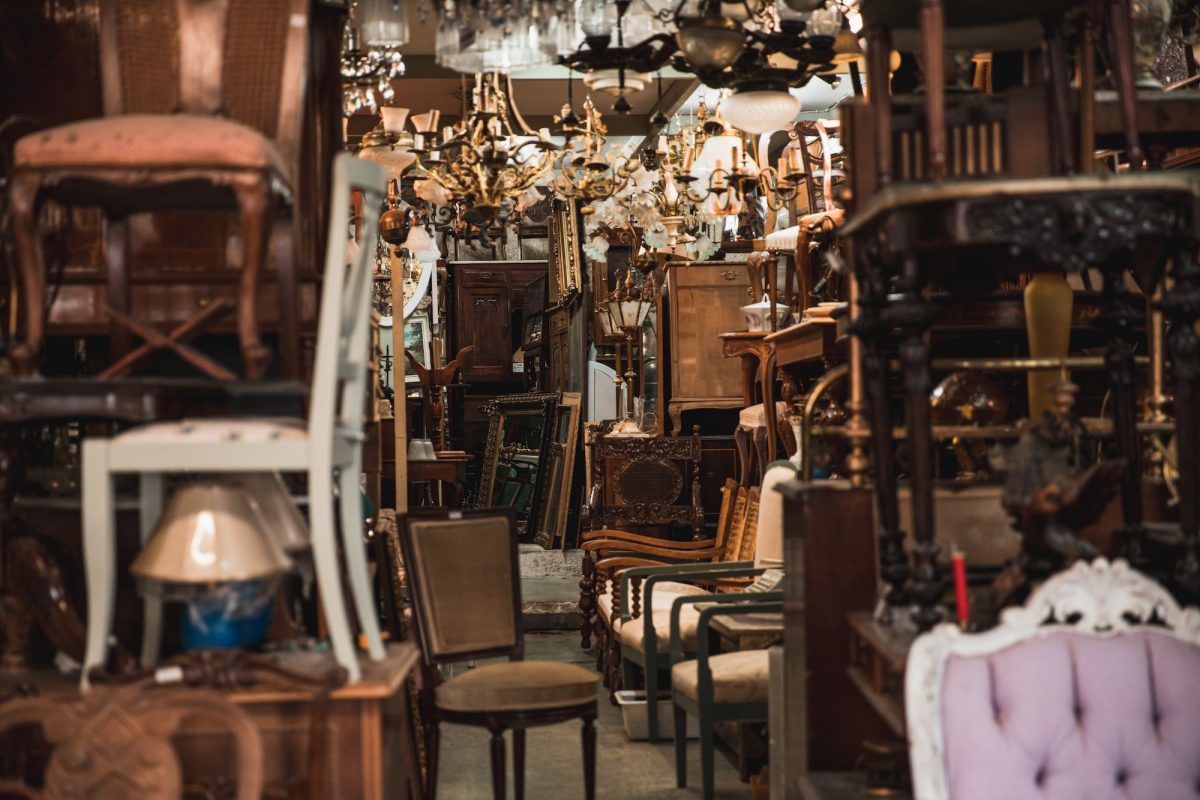Using a primer before painting protects an object from weathering and also provides a smooth and level surface on which to paint. Primers help paint adhere to most surfaces.
These days, there are a lot of high-quality and effective paints on the market such as Fusion Mineral Paint, so priming is rarely necessary. Primers may also be necessary in some situations where they are being used indoors. Furthermore, there may be times when you need to apply multiple coats of paint to obtain the desired coverage and appearance if you don’t use a primer.
What is paint primer and do you have to use primer before painting?

Primers are a type of paint that is used before painting to help the paint adhere to the surface it is being applied to. There are several types of primers, including oil, water, and acrylic. In addition, primers can also be made to provide protection against moisture and other damages to the surface they are applied to.
Unlike paint, the primer contains solids in addition to an adhesive binder. By sealing the surface prior to painting, you provide a clean, smooth area for the paint to stick to. Even so, not every job or project requires a primer, so it’s important to know what factors contribute to its use.
What are the Benefits of Using Primer?
Primer is a paint thinner that is used before painting to help the paint stick to the surface. Primer can also help to prevent dirt, dust, and other particles from sticking to the surface and ruining the finish of your project. Additionally, primers can be used to improve the adhesion of other coatings such as sealants or varnishes.
When Can I Use a Primer?
Primers can be used before, during, or after painting. Using a primer before painting helps the paint adhere to the surface and make it easier to apply. They can also protect the surface from moisture and other damages. Primers are typically used on porous surfaces such as wood, metal, and plaster.
Transitioning Dark to Light Colors
Primers are typically used when transitioning colors, as they help to prevent the new color from bleeding through the old color. They can also help to increase the longevity of your paint job.
TIP: Fusion’s Transition is not recommended as a primer. With Transition, you can go from a dark color to a light color in fewer coats than you would with Fusion Mineral Paint. However, this product does not seal or prevent resin or tannin bleed through. It should be applied to surfaces that have been prepared and dried. In order to prevent bleeding, Zinsser BIN shellac primers are recommended.
Working on Stained Walls
Primers are a great way to protect your walls from staining and other damage. They can also help your paint stick to the wall, making it easier to paint evenly and quickly. A primer is worth using when you have blemishes visible through lighter color shades. This will help the new paint cover these imperfections more effectively.
Working on Porous Surfaces
Before painting porous surfaces such as unstained or untreated wood, priming is always a good idea to help the surface absorb the paint. Drywall is porous and will absorb paint if not primed.
If you have patched or repaired drywall, there is a good chance that small patches of spackle or joint compound will be on the surface. If you have small areas that need repair, you can use a small amount of your regular paint to brush it on the area. When the spot is dry, you can paint over it with your regular paints and they will not show through.
Painting Over Glossy Surfaces
Primers are applied to glossy surfaces before painting in order to aid in adhesion and make the paint last longer. However, some people believe that primer makes the finished product too shiny, so they choose not to use it.
Prior to applying primer or paint, some surfaces need to be sanded or buffed. By doing so, the primer and paint can bond well.
When You Have Wallpaper
If the wall surface is smooth, you can skip the primer step. However, if there are textured areas or wrinkles on the wall, you’ll need to prime it first. If your wall has been previously covered in wallpaper, you should definitely plan on using a primer before painting. Primers are rougher than usual and will help improve paint adhesion to these surfaces.
Painting Over Metal and Plastic
A primer designed specifically for metal or plastic can prevent your plastic from rusting and prepare it for any future coats of paint. If the surface is clean and free of rust, a light coat of paint can be applied directly to the surface. Put an even layer of primer on the thoroughly sanded, clean, and dried plastic area.
How to Apply Primer Like a Pro
There are a few things to consider when deciding whether or not you need to use a primer before painting: the type of paint you are using, the surface you are painting, and your skill level.
If you are using paint that is designed for indoor use, like latex or oil-based paints, then you don’t need to use a primer. These paints will resist moisture and won’t require protection from the elements. If you are using water-based paint like Fusion Mineral Paint, primer won’t be necessary.
Here’s Fusion Mineral Paint‘s prep guide to get you started:

- If your paint has trouble sticking to a smooth surface, sand it down with quicksand. Remove any grease and oil using a degreaser, such as TSP Alternative. This, in turn, will ensure better adhesion of subsequent coats.
- Wax can be detected by scratching the surface. If the surface rumples and lifts, wax is present. Remove the wax with mineral spirits.
- Fusion’s Ultra Grip helps paint adhere to the melamine, glass, and shiny surfaces by improving adhesion.
- When painting Cherry or Mahogany Wood, stained or wood tannins may bleed through the new paint. For bleed-through prevention, use Shellac Base Primer.
As you continue to paint, your skills will improve and you’ll be able to intuitively know what a piece needs. If you have any doubts about the results of your work, do a complete test from start to finish to ensure that you will achieve the desired outcome. Start by doing this on an inconspicuous spot, so you don’t have to worry about it later.
So, Do You Have To Use Primer Before Painting For Best Rests?
So we ask… do you have to use primer before painting? I hope this article shows you how important it is to choose the right primer for your home so that you can get the best results. Although Fusion Mineral Paint is excellent for adhering to most surfaces, remember to prep your surface before painting, and you’ll get a great finish every time.






